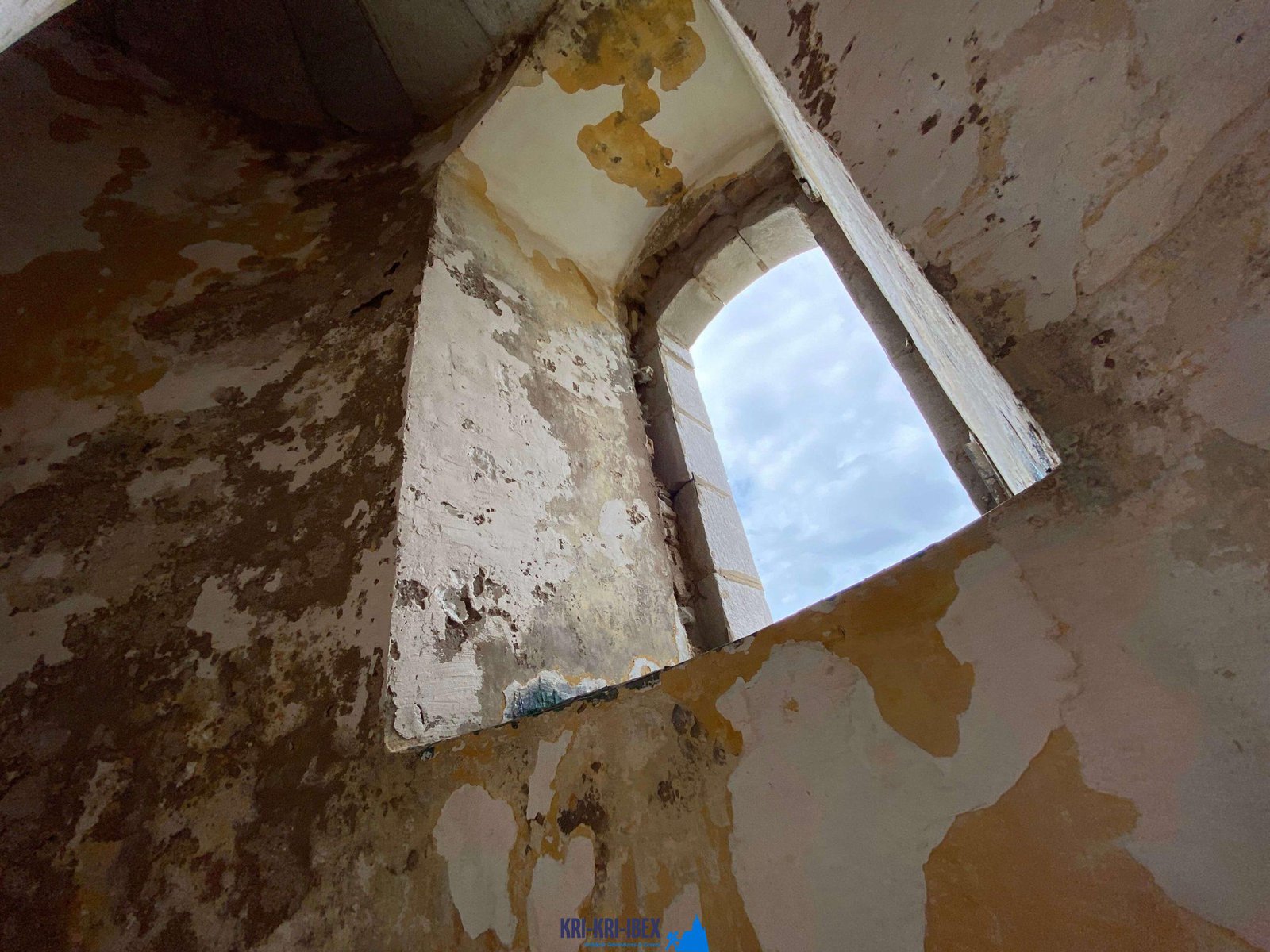Why The Peloponnese Is The 'Real' Greece
Why The Peloponnese Is The 'Real' Greece
Blog Article

The Peloponnese peninsula on the Greek Mainland is usually referred to as the 'real' Greece. Since it has actually handled to stay reasonably unblemished by mass tourism and also maintains much of its typical appeal, this is. If you're seeking a genuine Greek experience, after that Peloponnese is the place for you. As well as what better method to explore this beautiful region than on among our outside hunting, fishing, and also free diving trips?

Greece is a fantastic nation for tourism, supplying several chances for site visitors. There are many lovely islands to visit, such as Sapientza, in addition to historical sites as well as cultural experiences to take pleasure in. Greece is also well known for its delicious food and white wine. Whatever your interests may be, Greece has something to provide you.
To lots of people, The Peloponnese peninsula on the Greek Mainland is the 'genuine' Greece, where things have not changed a lot at all over the centuries despite the fact that many individuals have actually uncovered it. This is an area where you might easily spend a month or more but if you are short in a timely manner then our searching and visiting Peloponnese Tours from Methoni is a terrific service. This covers a big quantity of ground to some of Europe's a lot of extraordinary websites in just 5 days. You truly will not believe what you see! Whilst the Peloponnese is house to a few of the very best beaches in Greece there are so many points to see and also do that it is really a year-round location. Whilst Summer is the excellent time to invest at the waterfalls as well as beaches, Spring and Autumn are excellent for hiking and exploring Ancient Ruins, Caves and also Archeological sites. Even wintertime is enticing as a number of the towns as well as villages get some snow, especially in the mountains, as well as the stone style and vineyards offer themselves to cosy minutes by an open fire. The casseroles and also conventional winter months food is scrumptious as well as passionate. Despite what season you select you will certainly locate the groups extremely workable as well as in lots of places, non-existent.
Experience 'Real' Greece with Our Peloponnese Tours. Look no further than our Peloponnese trips if you're looking for a genuine Greek experience. From old damages and also castles to scrumptious food and wine, we'll show you whatever that this outstanding area needs to supply. So what are you waiting for? Reserve your trip today! Your Kri Kri ibex hunting in Greece is below!
What is the diference between Kri Kri ibex, Bezoar ibex and hybrid ibex
The kri-kri is not thought to be indigenous to Crete, most likely having been imported to the island during the time of the Minoan civilization. Nevertheless, it is found nowhere else and is therefore endemic to Crete. It was common throughout the Aegean but the peaks of the 8,000 ft (2,400 m) White Mountains of Western Crete are their last strongholds–particularly a series of almost vertical 3,000 ft (900 m) cliffs called ‘the Untrodden’—at the head of the Samaria Gorge. This mountain range, which hosts another 14 endemic animal species, is protected as a UNESCO Biosphere Reserve. In total, their range extends to the White Mountains, the Samaria National Forest and the islets of Dia, Thodorou, and Agii Pandes.
This Ibex is NOT a diminutive form of the Bezoar Ibex, which has migrated into the western-most reach of the range of this species. The kri – kri (Capra aegagrus cretica), sometimes called the Cretan goat, Agrimi, or Cretan Ibex, is a feral goat inhabiting the Eastern Mediterranean, previously considered a subspecies of wild goat. The kri-kri has a light brownish coat with a darker band around its neck. It has two horns that sweep back from the head. In the wild they are shy and avoid tourists, resting during the day. The animal can leap some distance or climb seemingly sheer cliffs.
“The agrimi goat Capra aegagrus cretica is unique to Crete and its offshore islands. It has been identi®ed as a sub-species of the wild bezoar goat Capra aegagrus aegagrus Erxleben, 1777, which it closely resembles in horn shape, body form and coloration. This classi®cation has been disputed by some researchers who claim that the agrimi are feral goats, derived from early domestic stock brought to the island by the ®rst Neolithic settlers. In order to clarify this issue, DNA analyses (cytochrome b and D loop sequences) were carried out on tissue of live and skeletonized agrimi and compared to sequences of wild and domestic caprines. Results conclusively show the agrimi to be a feral animal, that clades with domestic goats (Capra hircus) rather than with wild Asiatic bezoar. This study demonstrates that morphometric criteria do not necessarily re¯ect genetic af®nities, and that the taxonomic classi®cation of agrimi should be revised.”
Report this page